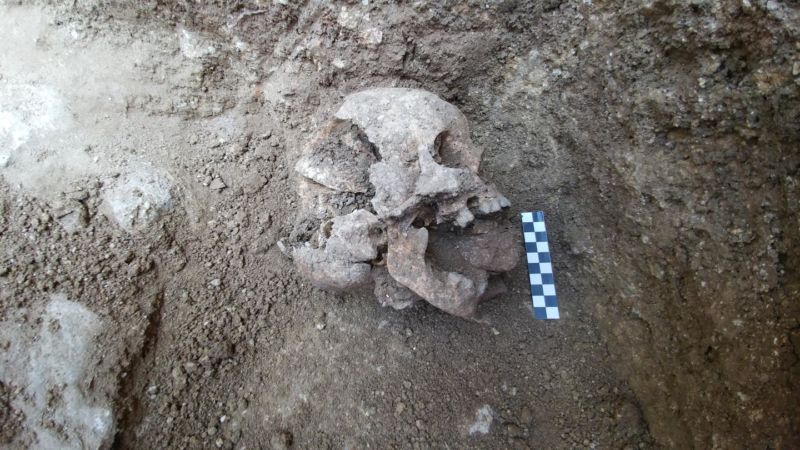Fifth-century child’s skeleton shows evidence of “vampire burial”
Ars Technica » Scientific Method 2018-10-13

Enlarge / Archaeologists excavated the skeleton from a fifth-century cemetery in the Umbria region of Italy. (credit: David Picked/Stanford University)
Archaeologists have discovered the skeleton of a 10-year-old child at an ancient Roman site in Italy with a rock carefully placed in its mouth. This suggests those who buried the child—who probably died of malaria during a deadly fifth century outbreak—feared it might rise from the dead and spread the disease to those who survived. Locals are calling it the "Vampire of Lugnano."
"This is a very unusual mortuary treatment that you see in various forms in different cultures, especially in the Roman world," says Jordan Wilson, a graduate student in bio-archaeology at the University of Arizona who studied the remains. He added that this could "indicate a fear that this person might come back from the dead and try to spread disease to the living."
Pretty much every culture on Earth has some version of a vampire (or proto-vampire) myth. Chinese folklore has the k'uei, which are reanimated corpses that rise from the grave to prey on the living; one type has sharp fangs, the better to bite into the neck of said prey. Russian, Albanian, Indian, and Greek folklore have similar undead monsters. Russian villagers in the Middle Ages often drove stakes into the bodies of suspected vampires upon burial to keep them from rising again.